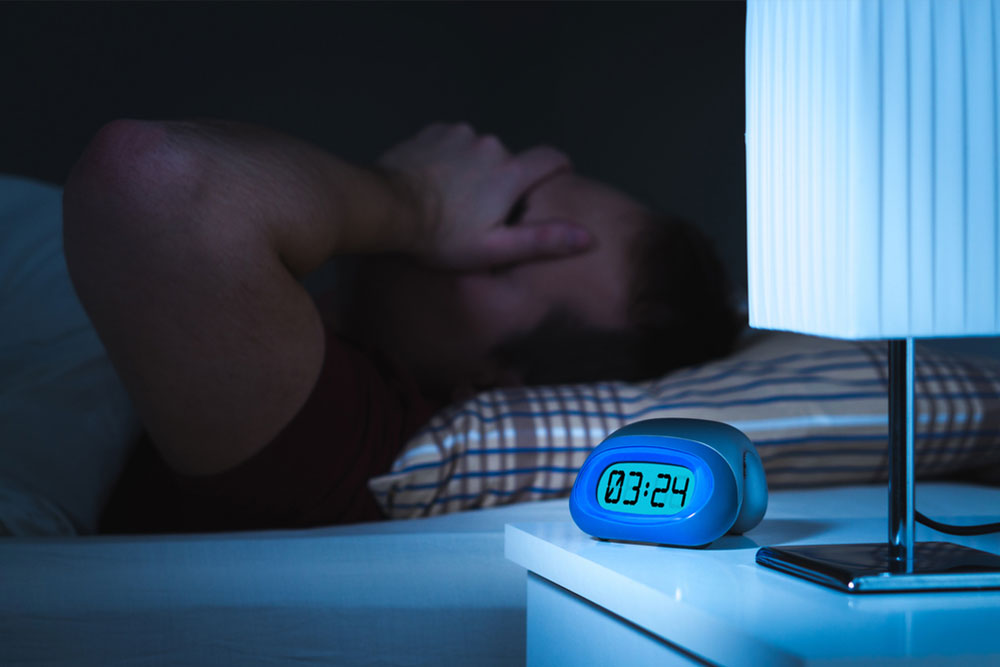Effective Strategies for Managing Narcolepsy Symptoms
This article explores practical approaches to managing narcolepsy, emphasizing understanding sleep patterns, maintaining healthy vitamin D levels, and engaging in safe physical activity. These strategies aim to improve daily functioning and reduce symptoms, helping individuals lead healthier lives despite the condition.

Understanding and Managing Narcolepsy: 3 Effective Approaches
Narcolepsy is a neurological disorder characterized by sudden sleep episodes during the day, which can occur unexpectedly while driving, working, or performing daily activities. It often co-exists with cataplexy, leading to sudden muscle weakness triggered by emotions. These episodes are brief and followed by sleep. Managing narcolepsy involves adopting strategies that help control symptoms and improve quality of life.
Monitor Your Sleep Patterns
As there is no cure for narcolepsy, understanding your individual sleep cycle is crucial. Establishing a consistent sleep routine and scheduling short rest periods during the day, such as a power nap before driving or during lunch, can minimize risks. For adults, finding a supportive work environment that accommodates flexible schedules or remote work can be beneficial. For children, open communication with schools ensures understanding and support, preventing misconceptions about laziness.
Optimize Vitamin D Levels
Research indicates that individuals with narcolepsy often suffer from vitamin D deficiency, which is linked to fatigue. Increasing sun exposure in the morning can naturally boost vitamin D levels, enhancing overall health and reducing fatigue. Supplements may also be recommended by healthcare professionals to address deficiencies, helping diminish symptoms and increase alertness.
Engage in Gentle Physical Activity
Incorporating light to moderate exercise, such as yoga, walking, or Pilates, can improve sleep quality and elevate mood through the release of endorphins. It’s important to choose activities that are safe in case of an episode. Since narcolepsy can involve cataplexy, intense feelings or sudden muscle weakness during exercise should be taken into account to avoid injury. Always consult with healthcare providers before starting new exercise routines.










